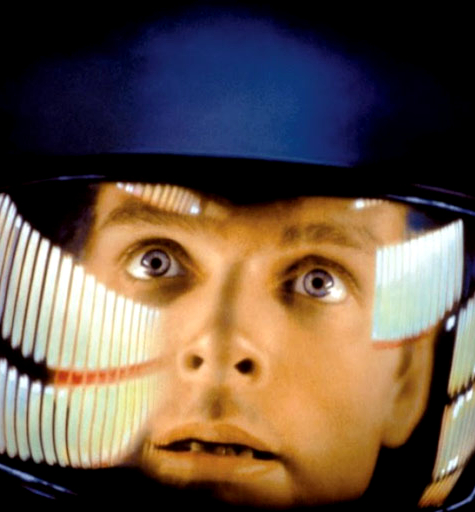Australian space race could keep great minds
 The first female and first Australian principal investigator on a mission to Mars says Australia should embrace the opportunity to inspire - and retain - the next generation of home-grown scientists, engineers and technologists by joining the space exploration game.
The first female and first Australian principal investigator on a mission to Mars says Australia should embrace the opportunity to inspire - and retain - the next generation of home-grown scientists, engineers and technologists by joining the space exploration game.
Brisbane astrobiologist and co-leader of NASA's Mars 2020 rover mission Dr Abigail Allwood says Australia’s limited involvement in space exploration denies the nation’s potential.
“More broadly, the lack of opportunities to pursue basic research in general is forcing many of our brightest minds overseas,” said Dr Allwood.
“With precious little research funding, loss of CSIRO jobs, and the disappearance of clever industries, we lack domestic inspiration for young Australians to pursue science, technology, engineering and mathematics (STEM) careers.
“Space exploration is one of the greatest sources of inspiration for young minds.
“Australia doesn't need to be on the sidelines here as other nations take up the challenge. We could be participating in numerous ways, putting an Australian flag in the space news.
“We have fantastic science and engineering education but, for many of us who graduate, the best or only opportunities are overseas.
“Our country may never reap the benefits of these hard-won assets.
“The best source of inspiration for young Australians to pursue STEM careers would be the promise of a really cool STEM job, here in Australia.”
Dr Allwood is Mars 2020 mission's Principal Investigator for the Planetary Instrument for X-ray Lithochemistry (PIXL) device she developed, one of seven sophisticated scientific instruments chosen by NASA to be packed onto its next rover robot.
The rover's mission is to search Mars for signs of past life. If it finds evidence, Dr Allwood's machine will play a lead role in that discovery.
Operated remotely by her team back on Earth, PIXL will analyse the chemistry of Martian rocks at the scale of sand grains - far finer detail than was previously possible.
“This detailed analysis will help us figure out whether the environments the rocks formed in could - or did - support life.
“If there ever was life on Mars, it's likely that it was microbial. Mars became inhospitable to life a long time ago, so any life forms that existed wouldn't have had time to evolve into more complex organisms.
“My role means I will be there in the ops room analysing the data with my PIXL team, making tactical decisions on what to do next, where to go and what to sample.”
Unlike previous Mars rover missions, Dr Allwood said the 2020 robot would collect and store particularly promising samples for future collection.
“If we discover potential evidence of life, that claim of life on Mars would require verification via detailed sample analysis in labs back here on Earth,” she said.
“If that happens, I have no doubt the next mission will involve a fetch rover to come and get the samples, and a Mars Ascent Vehicle to launch them to orbit and from there to Earth.”
While NASA has no plans to send humans to Mars yet, Dr Allwood said discovering evidence of past life there might prompt NASA to rethink its exploration methods.
She said, currently, robots were favoured over humans because robots require far less equipment, resources and support than manned missions to Mars.
“I suspect humans will only go to Mars in the foreseeable future either because the drive to get humans on Mars as a goal in itself undergoes a significant and sustained surge in popularity, or because a science question arises that requires humans on Mars to solve,” Dr Allwood said.
“Such a question might arise from the possible detection of ancient life in returned samples from Mars 2020. It might be that we all agree the best plan is to send humans back to that site to figure it out.”







 Print
Print